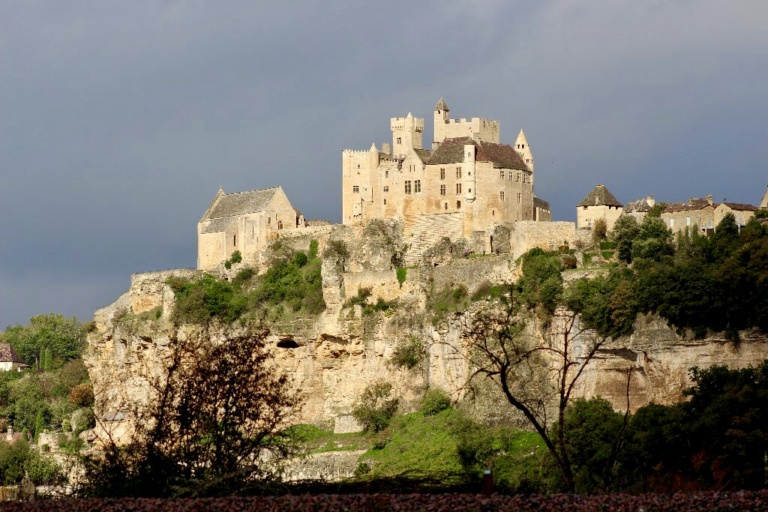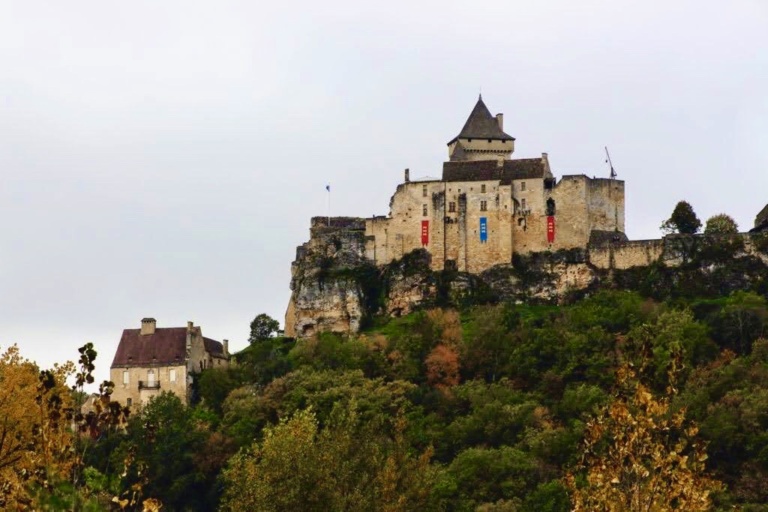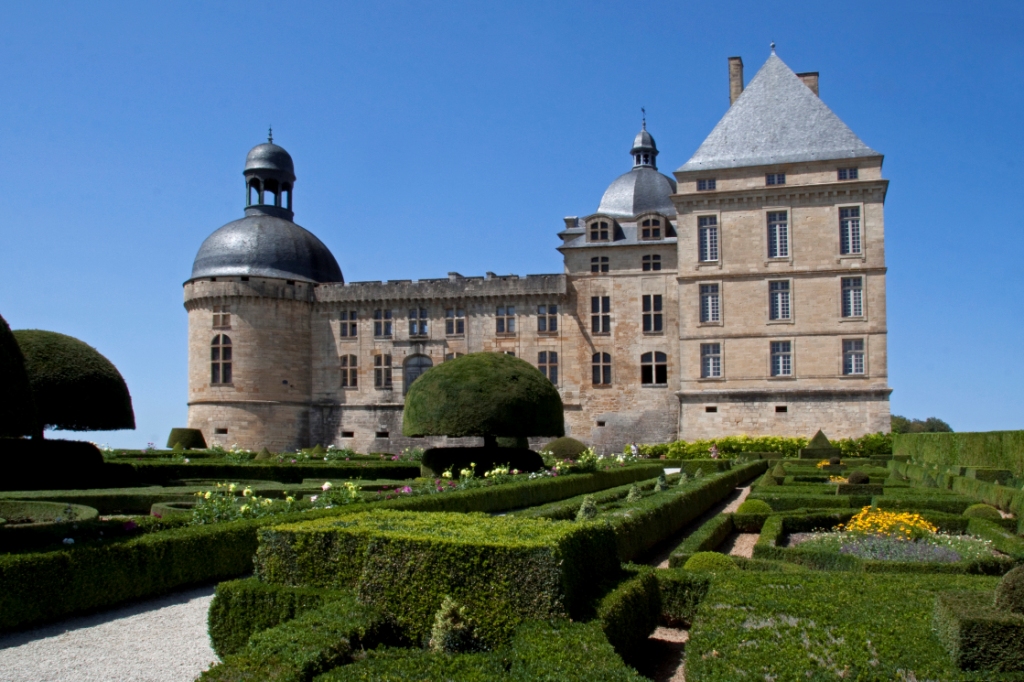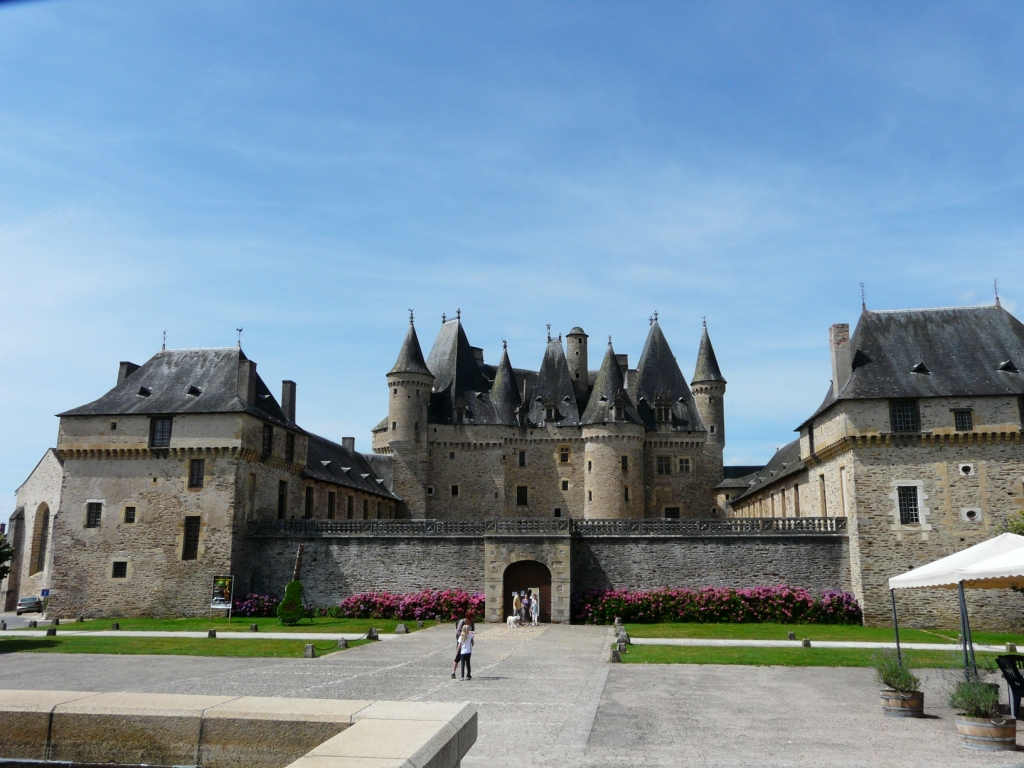Dordogne | Gardens of Chateau Hautefort in the Dordogne
The Gardens of Chateau Hautefort in the Dordogne
From the 17th century, there have been formal gardens at Hautefort. However, the latter were destroyed during the following centuries, to give way to those we now admire today.
In 1853, Count de Choulot undertook a complete remodelling of the gardens at Hautefort at the request of the Baron de Damas, who became the owner of the Château de Hautefort by marriage to Charlotte de Hautefort in 1818.
At Hautefort, Choulot executed an ambitious plan, which to bring together the Château, gardens, park and surrounding countryside . The former forecourt was landscaped with formal gardens, with lawn parterres bordered with flowerbeds. Another formal parterre was created at the foot of the terrace in the court of honour.
The transformation of the garden was carried out in the 20th century by the Baron and Baroness de Bastard, mainly between 1950 and 1980. On the esplanade, a green avenue of Canadian thujas, flanked by a box parterre, replaced the former service quarters, destroyed at the end of the 19th century. The parterres designed by Choulot have been preserved, but the lawn and flowers have disappeared to make way for the box hedges and topiary. The north terrace has also been planted with box hedges, alternating with rows of yew trees.
Laid out in terraces around the château, the formal gardens are perfect for an stroll.
These gardens are one of the great contributions made by the Baroness de Bastard towards rescuing the Chateau de Hautefort, and even today, they contribute to the fame of the domain and the pleasure of visitors.
About Chateau de Hautefort
Chateau Hautefort is a stunning heritage listed chateau and gardens in the town of Hautefort in the Auvézère Valley.
The style of the chateau is unusual for the Dordogne Valley as while it was once fortified, over the years it has been re modeled so it is now similar to the chateaux built by the nobles in the Loire Valley.
Dating back to the year 1000 the chateau was originally a fortified chateau later to become a renaissance palace of extravagance similar to those in the Loire Valley.
During the French revolution the chateau become a prison, in the early 1900’s it fell into disrepair.
Saved in 1929 it was completely restored only to be severely damaged by fire in 1968. It was totally rebuilt and is now one of the great chateaux of the Dorodgne.



